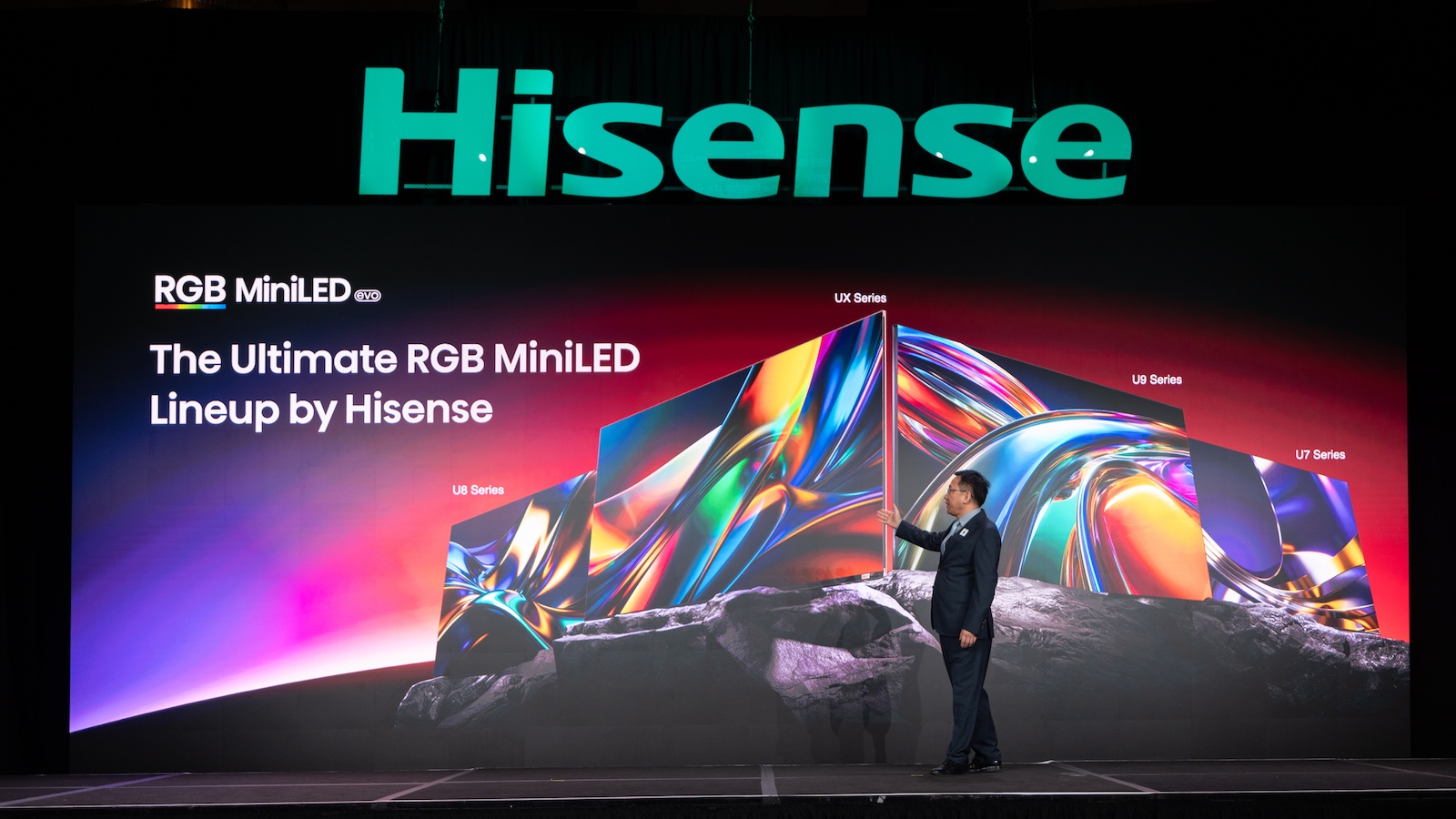What Hi-Fi? Verdict
It doesn’t have the dynamic range of full-sized speakers, but the Monaco 5.1 system is much more cinematic than that soundbar you might be considering
Pros
- +
Compact, flexible system
- +
Intuitive app set-up
- +
Clear, cinematic sound
Cons
- -
Manual speaker calibration
- -
No direct-from-device streaming
- -
Underwhelming subwoofer
Why you can trust What Hi-Fi?
In the world of home theater sound, there are increasingly creative and affordable wireless speaker options now filling what was once a sizeable chasm between full surround systems and soundbars. It means that AV fans need no longer compromise on size, cost and sound for truly immersive film audio.
Platin may not be a familiar name in home entertainment but the Danish-American company’s Monaco 5.1 WiSA-enabled surround package is positioned as a cable-free (apart from power), compact, affordable and straightforward way to add hi-res 3D sound to your TV-viewing and gaming.
Sound formats Uncompressed 24-bit 48 kHz, Dolby Digital, Dolby Digital+, Dolby TrueHD, Dolby Atmos and Dolby Atmos Virtual
Wireless audio latency 5.2 ms
Connectivity HDMI ARC/eARC, optical
Bluetooth/Airplay/Chromecast No
Dimensions (hwd) Centre speaker: 11 x 26 x 14cm; subwoofer: 13.5 x 38 x 31cm; satellite speakers: 17 x 11 x 14cm; transmitter (hw): 2.7 x 11cm
You may be wondering what the big deal with WiSA is, as plenty of soundbar packages already feature wireless audio transmission without the need for any hype or extra acronyms, but to obtain WiSA accreditation, audio products must follow strict protocols for latency, synchronisation and compatibility. This means that systems such as the Platin Monaco 5.1 are able to send and receive audio at 24-bit/48kHz or 24-bit/96kHz sample rates with 5.2ms or 2.6ms of latency respectively – all without connecting to your wi-fi network.
It does so by way of a small hockey puck-shaped hub that attaches to your sound source (most likely a TV or games console) and transmits wirelessly to the five included speakers and subwoofer.
When originally released in 2020, the Platin Monaco came with an Axiim link that would only work with WiSA-Ready TVs (2019 or later LG OLED/NanoCell and 2021 Hisense TVs) and Xbox One/Series X Gaming Systems via USB connection. But it’s now available in the slightly pricier package we’ve tested here with a WiSA SoundSend hub that can connect to any smart TV via HDMI ARC/eARC or optical cable.
The Monaco 5.1 system can handle up to eight channels of uncompressed 24-bit/48kHz audio, and will support Dolby Digital, Dolby Digital+, Dolby TrueHD, Dolby Atmos and Dolby Atmos Virtual. Should you wish to create a 5.1.2 system you can purchase an extra pair of satellites from Platin, though the company doesn’t make specific upward-firing cabinets. As the rigging options of the surrounds are limited to a single-threaded screw on the underside, you would most likely need to mix and match with WiSA-enabled speakers from another brand such as Lithe Audio.
Build
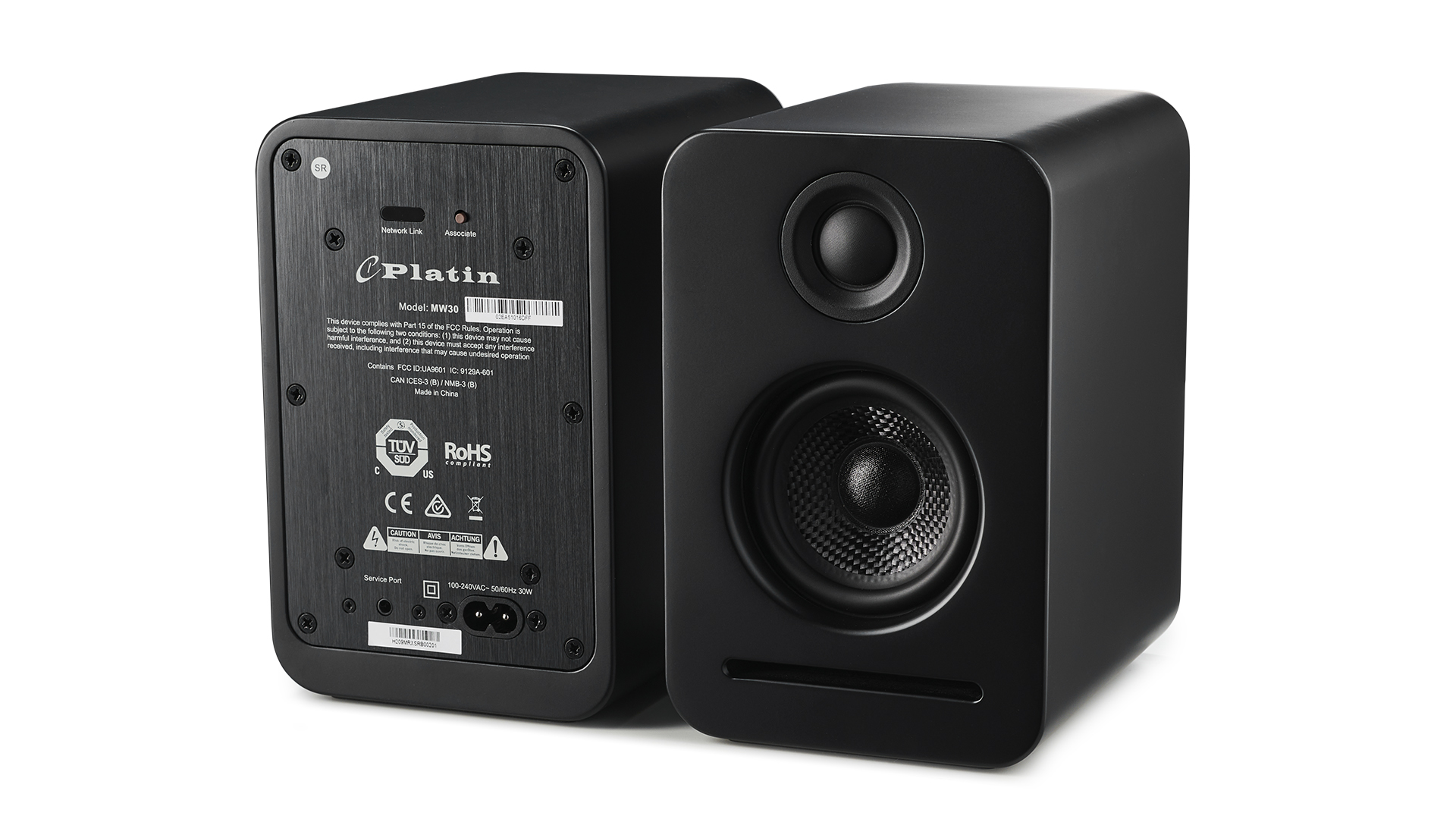
Although they may be compact, the Platin Monaco speakers are surprisingly weighty have pleasingly aesthetic touches such as the black satin finish, exposed drivers and more than a touch of the ’90s desktop about them.
The latest hi-fi, home cinema and tech news, reviews, buying advice and deals, direct to your inbox.
The centre speaker, which has rubber feet but no mounting options, features a soft dome tweeter and two 63mm full-range drivers. Given its height, if your TV isn’t wall mounted you’ll need to make sure you have a shelf below where it can sit, otherwise it will block part of your screen.
The four satellites are identical, with a single 63mm driver and separate tweeter, while the low profile subwoofer, designed to slot discreetly under your sofa, has a floor-facing 6.5-inch cone and a ported configuration. In total, the system packs 270W of power.
Price
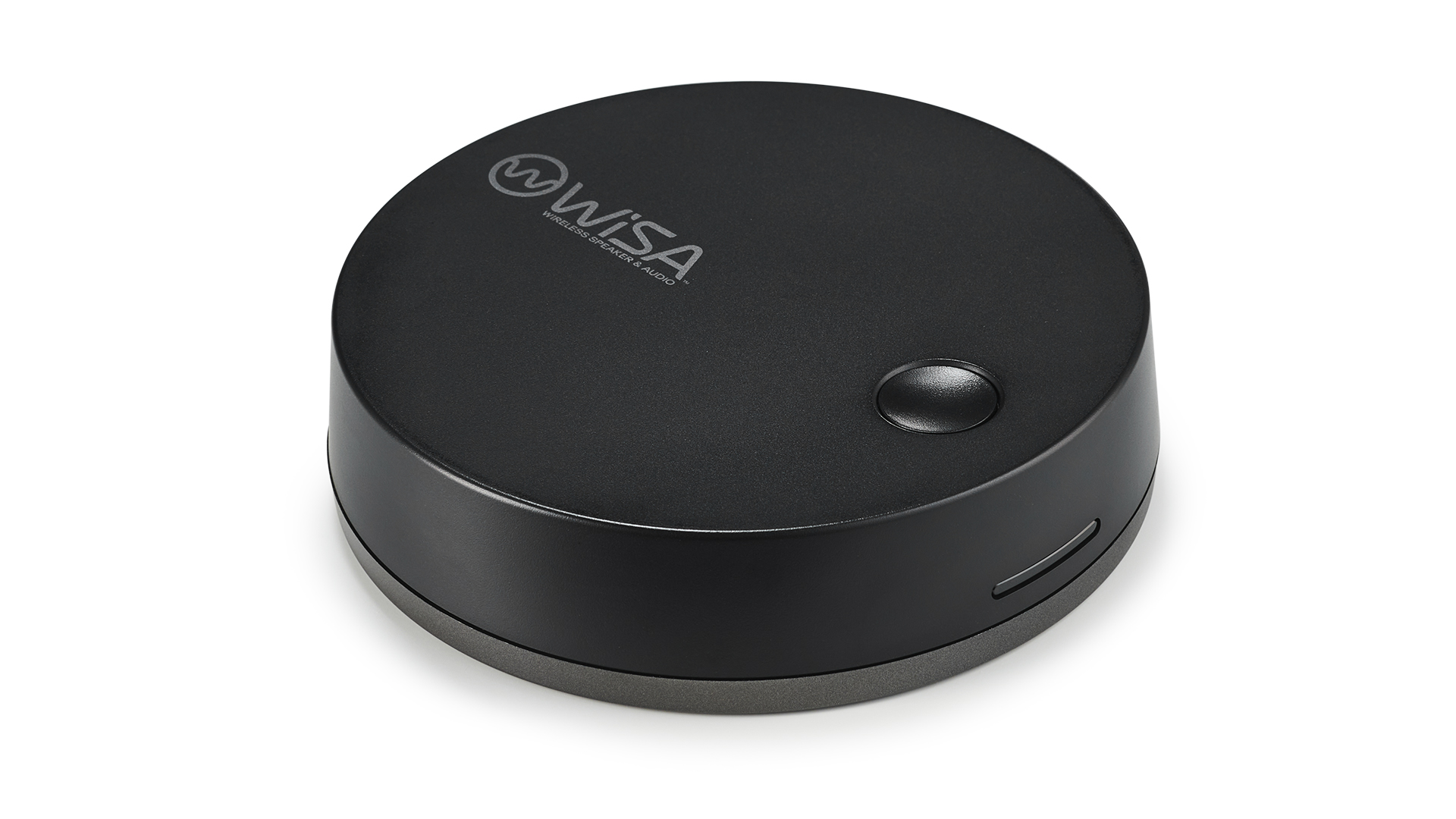
Priced at $899 (around £660 / AU$1255), Monaco 5.1 is Platin’s first surround range, with the newer, smaller and more sophisticated-looking Milan series costing $699 (around £530 / AU$975).
If you already own a WiSA TV you can pick up the version with the Axiim link for $799 (around £604 / AU$1117) and there are also options to buy a package together with a TV or a smaller 3.1 system.
At present most other wireless systems, such as Sony’s HT-A9 ($1799 / £1599 / AU$2499), are considerably pricier, and the Monaco 5.1 is arguably more comparable to premium soundbars such as the Sonos Arc ($899 / £899 / AU$1499) and Samsung Q950A ($1500 / £1399 /AU$1795), the latter of which includes surrounds and a sub.
Platin is currently available only at US stockists, but the company will deliver worldwide from its official site. Buyers in most countries will have to pay an import charge, though. Further international expansion is expected in 2022, starting with a European release of Monaco in January that will cover Scandinavia, Germany and Baltic countries, with the price set at €949 plus tax.
Because it’s made for the US market, overseas shoppers should be aware that the included figure-of-eight power cables will need replacing with plugs appropriate to their region. Other than this, setting up the Monaco 5.1 system is surprisingly simple. Once the speakers are in place and the WiSA hub is connected to the smart TV's ARC/eARC, all that’s required is to download the WiSA SoundSend app (available for iOS and Android).
Features
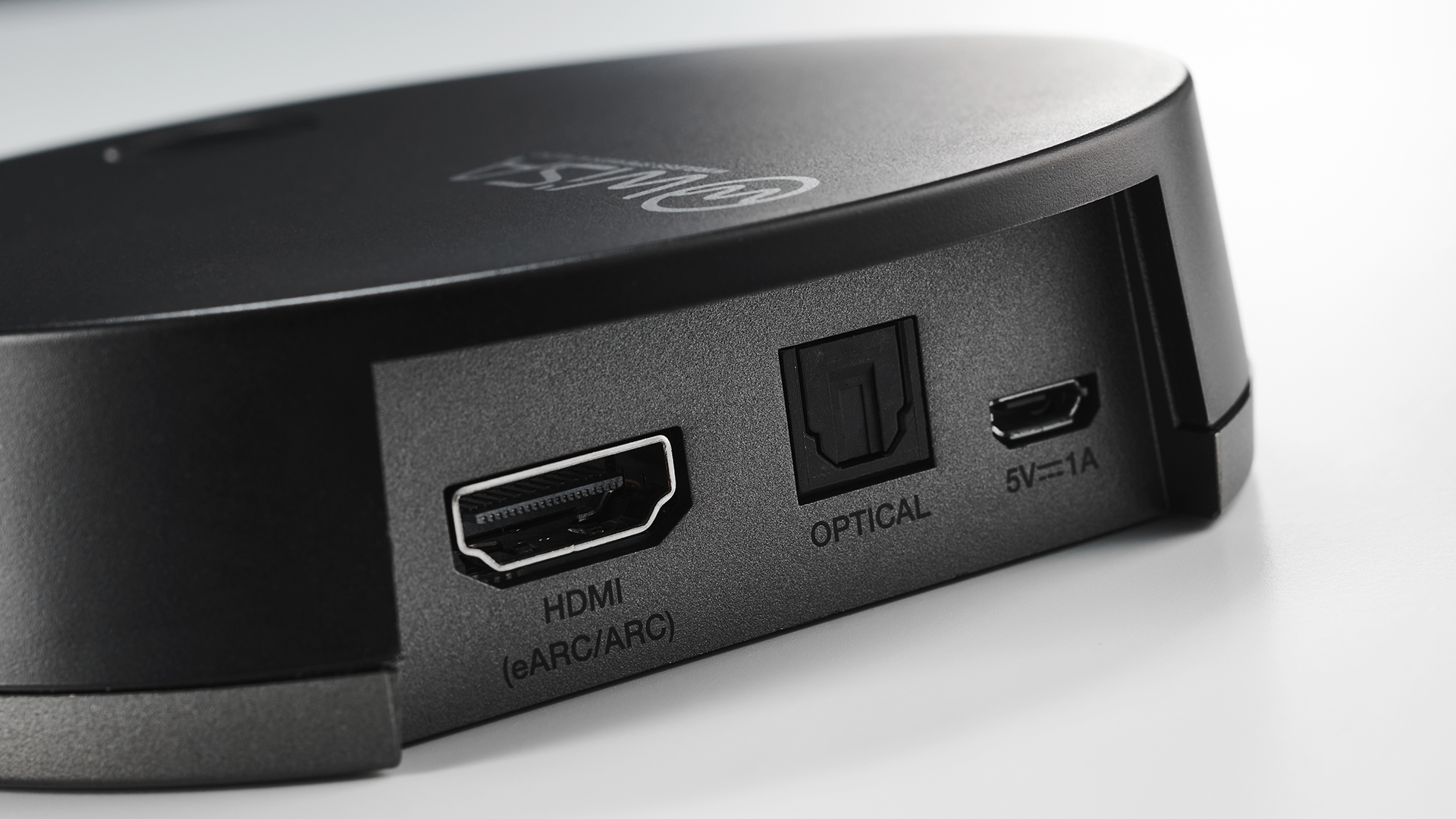
The app links to the hub via Bluetooth and immediately displays all the speakers currently online. Should any be missing, a small ‘associate’ button on the rear will re-add them to your system, which is called ‘MyZone’ in the app. There’s no automatic calibration so you have to trust your ears (or SPL Meter, either dedicated or on your phone) and your tape measure as you manually adjust the speaker distances, trims and global four-band EQ.
It’s important to note that although SoundSend uses Bluetooth to communicate to the hub and that audio is transmitted wirelessly to the speakers, there is no way to directly stream music or content from a handheld device to the system. To access music from Spotify or Tidal, for example, you have to use an app within your TV, which is no great hardship but worth bearing in mind if you’d like to use the speakers for music.
Within the app there are four modes to further customise your audio: ‘direct’, which sends the same format and number of channels to the speakers as the SoundSend receives without alteration; ‘movie’, which will up-mix all content into surround sound; ‘music’, which also up-mixes but adds tweaks such as reverberance for a larger soundfield; and ‘night’, which compresses the bass to avoid disturbing others late at night.
Sound
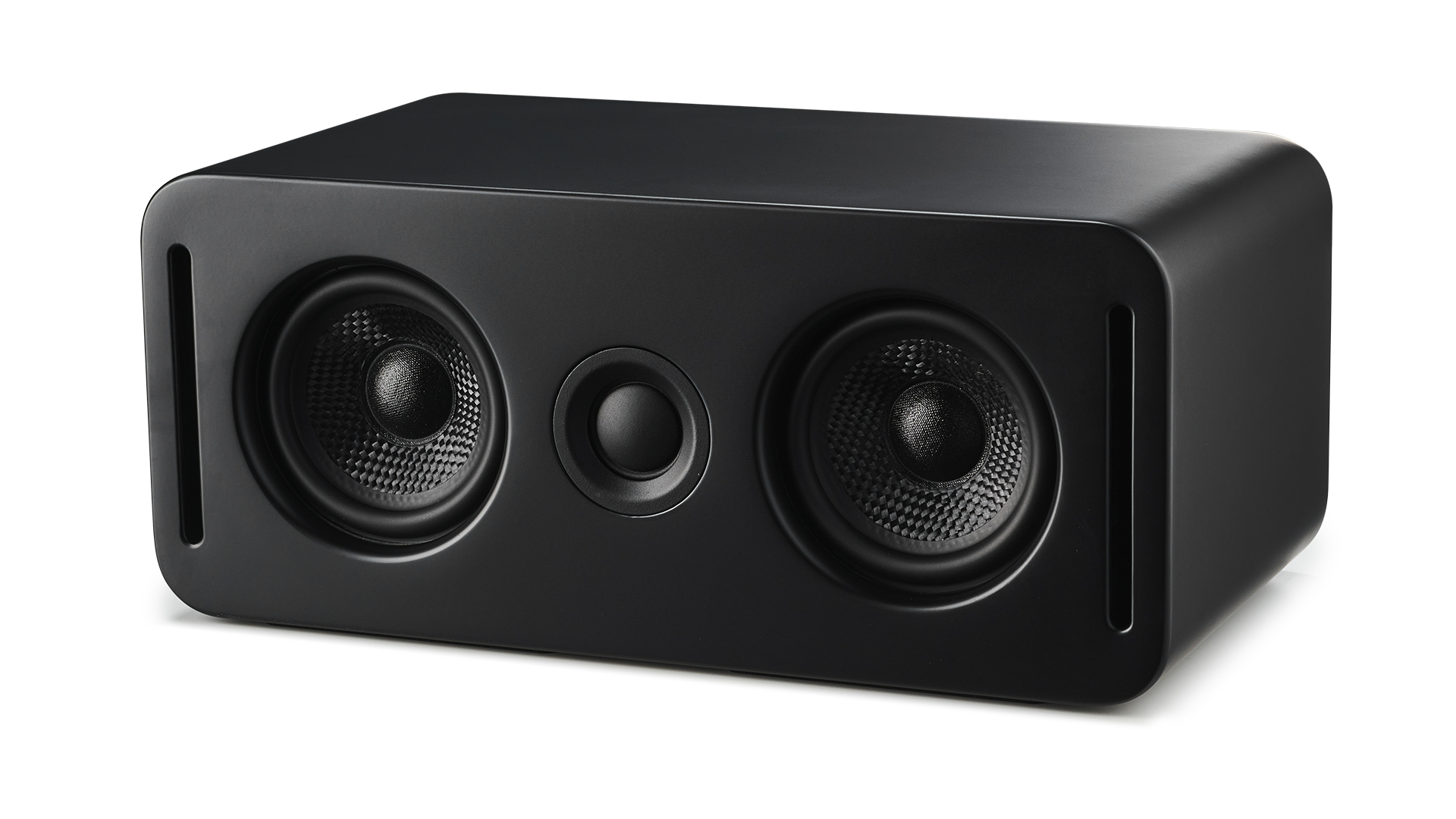
Despite the cleverness of the subwoofer’s low-rider design it, unsurprisingly, doesn’t provide oodles of deep bass. Watching Blade Runner 2049, it adds a welcome touch of low-end flavour and rumble but explosions, crashes and the epic score are all a bit restricted in scale and leading-edge.
We find that activating the virtual Dolby Atmos mode (an option that only becomes available if Movie, Music or Night is selected) helps make the whole system work more cohesively, both with Atmos and non-Atmos content, but it also has a smoothing effect that seems to restrict the system's dynamic range.
However, it’s still a straightforward-sounding system that delivers a lot of detail. In an early scene in which K gives Joi an emulator and she goes outside for the first time, the change in atmosphere, from background noise and lounge music in the apartment to the rain-soaked roof is precise and authentic. Overall, there’s less sonic compromise and a more immersive soundfield than most soundbars costing similar money could produce.
In general, across films and music, there’s also a separation, clarity and directness that isn’t found with soundbars, at least in part by virtue of the fronts and rears being equally considered and balanced. Watching the opening song/montage from Tick, Tick... Boom! on Netflix (in Dolby Atmos), the constant underscore, rapid exposition-packed dialogue and changes of location – from concert hall to a busy New York City – can make the narrative difficult to follow, but the Monaco 5.1 system does a nice job helping push the story forward by giving each location a clear sonic signature and allowing the vocals and music enough space to coexist simultaneously.

Cranking up the system with the Willow Springs race in Ford vs Ferrari, the small boxes punch out the guttural engine sounds and crashes with plenty of gusto, though again it’s not the most impactful system we’ve heard. The slight damping of the top end prevents loud content from sounding harsh or fatiguing, but this is a system aware of its limitations and holding back from extending beyond them. In truth, there's nothing wrong with that, and it's an approach from which many audio products at the more affordable end of the market would benefit.
The limitations of the speakers at the very top and bottom ends mean that when listening to music you should expect a performance that’s comparable to that of a soundbar rather than a high-end speaker system, with vocals and instruments sometimes sounding slightly boxy. Listening to No Way by Bagaloo Joe Jones, the sax has a nasal quality and the groove lacks a little attack, but rhythmically it’s articulate and forthright with a nice stereo image.
Likewise, the guitar on Ani Difranco’s Dilate has plenty of nuance in the acoustic guitar and vibraphone, but the high frequencies that give this track its airiness don’t quite soar.
Verdict
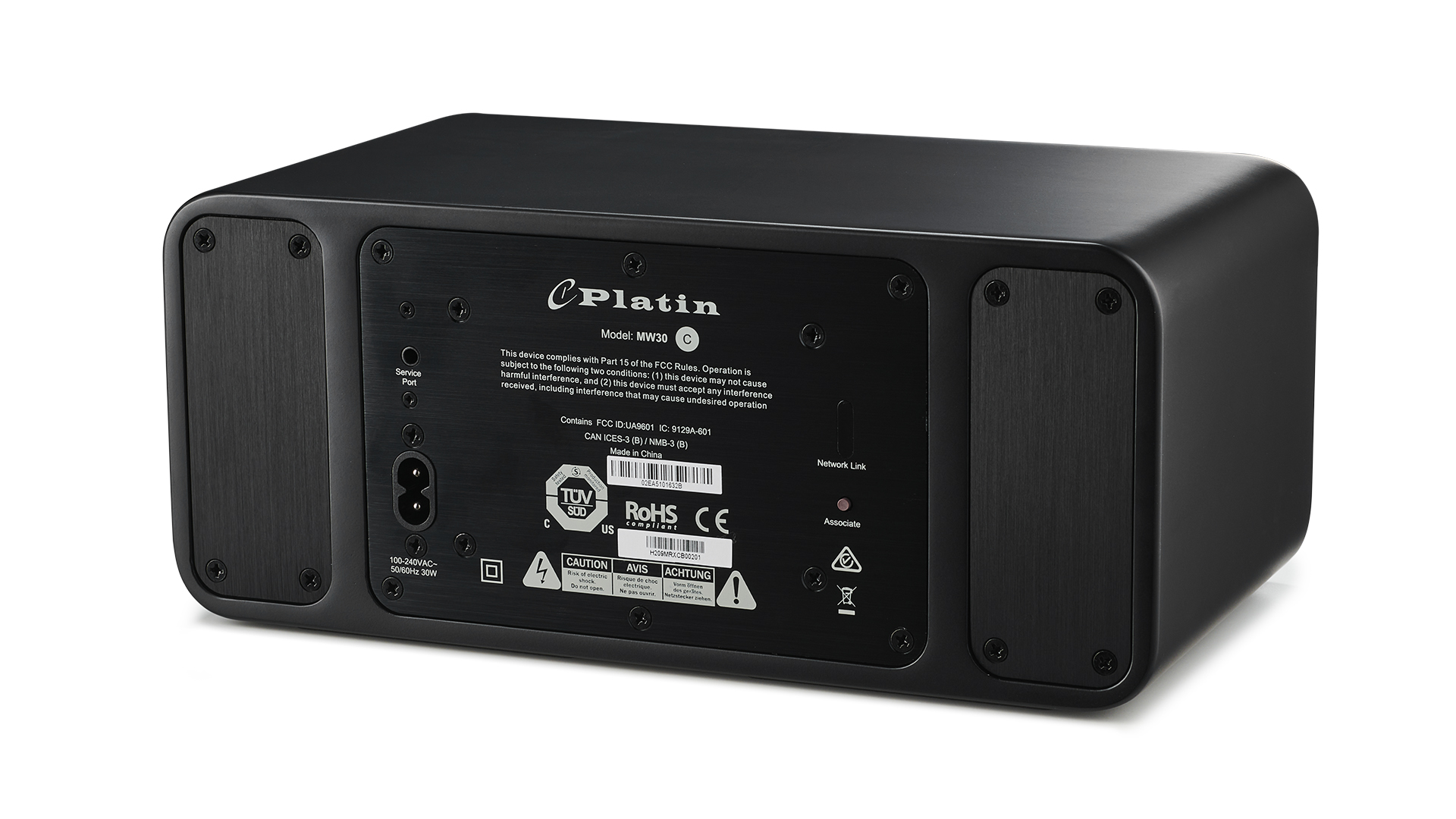
Ultimately, and despite its flaws, the Platin Monaco 5.1 is a real success. Performance-wise, it's clearly not in the same ballpark as full-size speaker systems (with full-size subs), but that's unsurprising given its size and price.
The people who should take a serious look at the Monaco 5.1 are those who are currently eyeing-up a soundbar, with or without extra speakers. What those people will find is a solution that's barely any more complex to set up or harder to live with, but a fair bit more cinematically authentic. The Platin Monaco might not be the obvious choice, but that doesn't mean it isn't the right one.
SCORES
- Sound 5
- Features 4
- Build 4
MORE:
Read our review of the Sony HT-A9
Also consider the Sonos Arc
Read our Samsung Q800A review
These are the very best home cinema package deals
What Hi-Fi?, founded in 1976, is the world's leading independent guide to buying and owning hi-fi and home entertainment products. Our comprehensive tests help you buy the very best for your money, with our advice sections giving you step-by-step information on how to get even more from your music and movies. Everything is tested by our dedicated team of in-house reviewers in our custom-built test rooms in London, Reading and Bath. Our coveted five-star rating and Awards are recognised all over the world as the ultimate seal of approval, so you can buy with absolute confidence.


